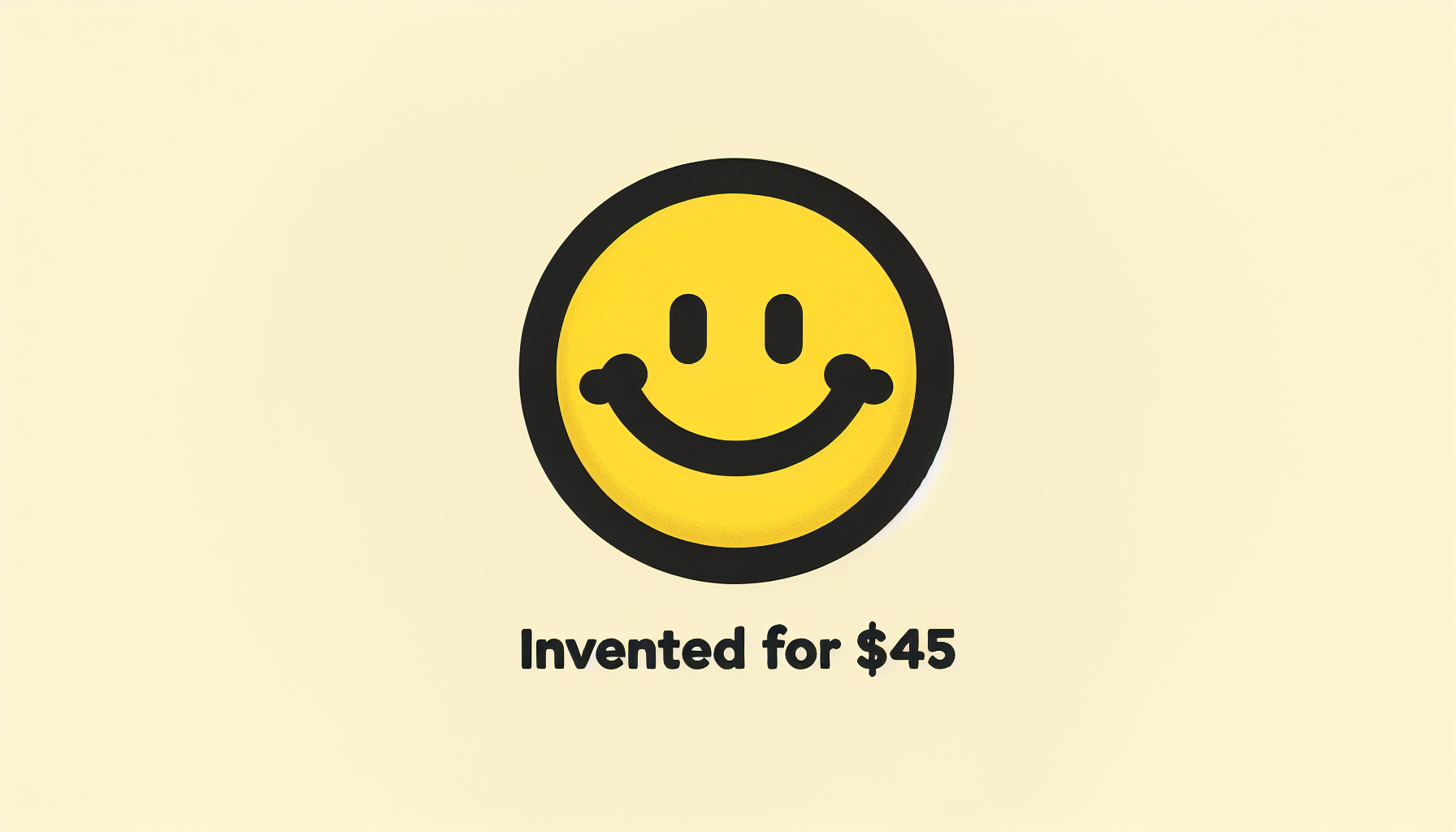
That iconic yellow smiley face you see everywhere? It was created for just $45! Back in 1963, a Massachusetts insurance company, State Mutual Life Assurance, was struggling with low employee morale after a merger. They hired a graphic designer named Harvey Ball to come up with a cheerful symbol to boost spirits. Ball spent 10 minutes sketching a simple smiley face—two black dots for eyes and a curved line for a mouth, all on a bright yellow circle. He didn’t even bother to copyright it, thinking it was just a small gig.
The company loved it, printing the smiley face on buttons, posters, and desk signs for employees. They paid Ball a flat fee of $45 for his work, which seemed fair at the time. But the smiley face took on a life of its own. By the 1970s, it exploded into a cultural phenomenon, appearing on everything from T-shirts to bumper stickers. Two brothers, Bernard and Murray Spain, added the phrase “Have a Nice Day” and sold millions of smiley face products, raking in over $50 million. Meanwhile, Ball never made another dime from his creation, though he later said he wasn’t bitter—he just wanted his design to spread happiness.
The smiley face became a symbol of positivity, popping up in the hippie movement, 1980s rave culture, and even as the inspiration for the first digital emoji in 1999. Today, it’s one of the most recognizable symbols in the world, with billions of smiley face items sold annually. Ball finally trademarked a version in 1999 through his World Smile Corporation, using the proceeds to fund children’s charities. It’s a funny twist of fate that a $45 doodle became a global icon, proving that sometimes the simplest ideas can make the biggest impact. Next time you see a smiley face, give it a wink for its humble beginnings!

Leave a Reply